Most of us tend to leave the basement in our homes unattended to. However, that does not need be the case. The basement in your home has every potential to become another room that you can use on a regular basis. However, before finishing it up, you would need to take a few essential pointers into consideration.
Check for damp conditions
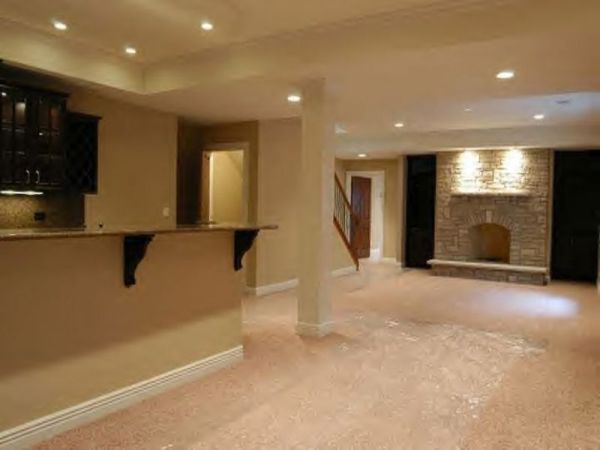
Basements can become very damp, especially if they are located below the water table level. So make sure your basement is not too damp that whatever work you do in it goes in vain. Check the basement regularly for its dampness quotient, especially after a storm or snowmelt. If your basement remains fry during these periods, then it is safe to work in it. However, if it tends to become wet or too damp, then there is no use in finishing it unless you find out alternate ways to keep the dampness away.
Choose the DIY options

You would be surprised that there are a lot of work you can do by yourself when finishing the basement instead of calling a professional to do the same. This would enable you to save plenty of money in the process. So find out which jobs you can get done on your own before hiring a professional to take care of the rest. Simple tasks like installing insulation, hanging drywalls and framing walls can be easily achieved with a little know how and practice.
Choose adequate lighting options
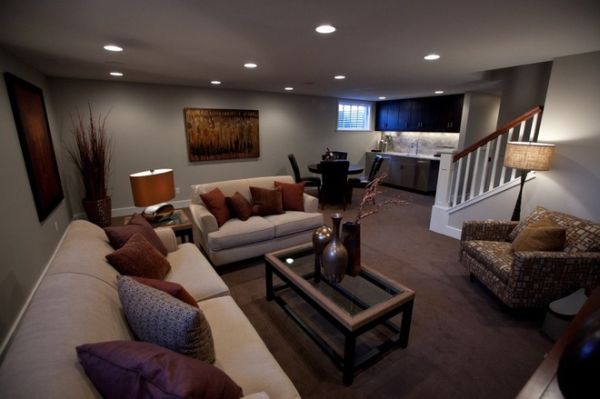
Basements are generally dark. So if you are thinking of converting it into another standard, livable room, you would need to ensure proper lighting. Plan to place doors, windows and other openings wherever possible to allow adequate amount of light to enter the basement. Also check to ensure that the surrounding wall would be able to bear the extra structural load resulting from the cuts made in them to accommodate the doors and windows.
Check for proper heating and cooling options
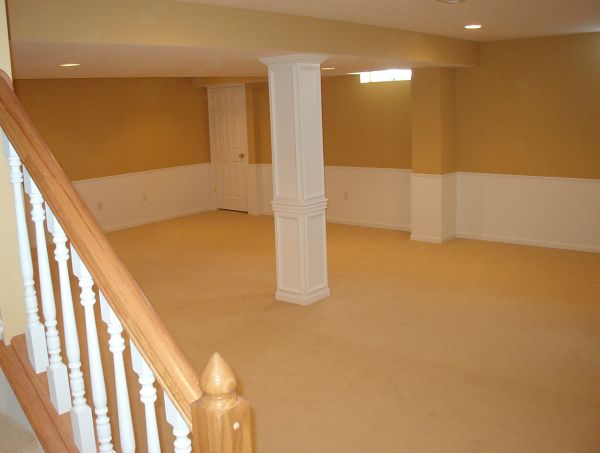
A basement can also become quite damp and cold in spite of being dry for the most part. As such, you would need to ensure that the room is heated up properly in order to become livable. If you already have a pre-installed heating system in your home, check whether it would be able to handle the extra load as required by the basement level. Check with a professional about installing new heating equipment for the basement if the previous option is not available. The same goes for air conditioning and ventilating systems as well.
Set up solid footing

The basement would not be the right place to choose for certain types of flooring, including wood. Wooden floors can attract more moisture and can split, buckle and rot with time. So look out for such floors and opt for those that can be used at the basement level without any options. Also ensure that everyone entering the room has a solid grip in the form of sturdy handles and bars to hold onto when in the basement.
Choose adequate ceiling options
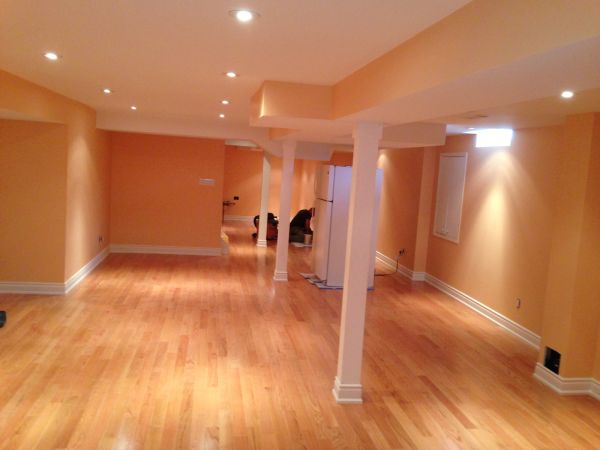
A basement would no doubt come with a low ceiling. So choose your lighting options accordingly. Choose the paint wisely as dark colors can make the space look more cramped. Make sure that you choose a ceiling product that don’t fall off over time. If you do choose to add another ceiling to your basement, make sure you offer proper access for the pipes, ducts and electricity wiring. This would prevent the need to break open the ceiling afterwards in case of any problems. Dry wall ceilings are the best options for basements although you would need to make room for access panels for gas and water shutoffs and other similar options.
Set up an escape route
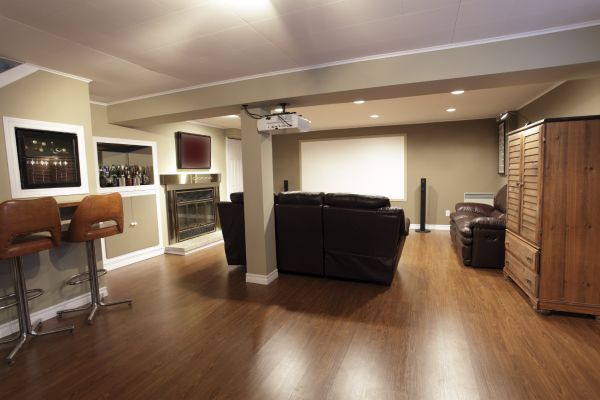
Finally, you need to ensure that your basement has an alternative exit in case of an accident like fire that prevents you from using the main entrance. So opt for at least two large, egress windows to get out of in case of such mishaps.
Summary
You would need to finish your basement in order to make it livable. Make intelligent choices to make the best of the available resources.




